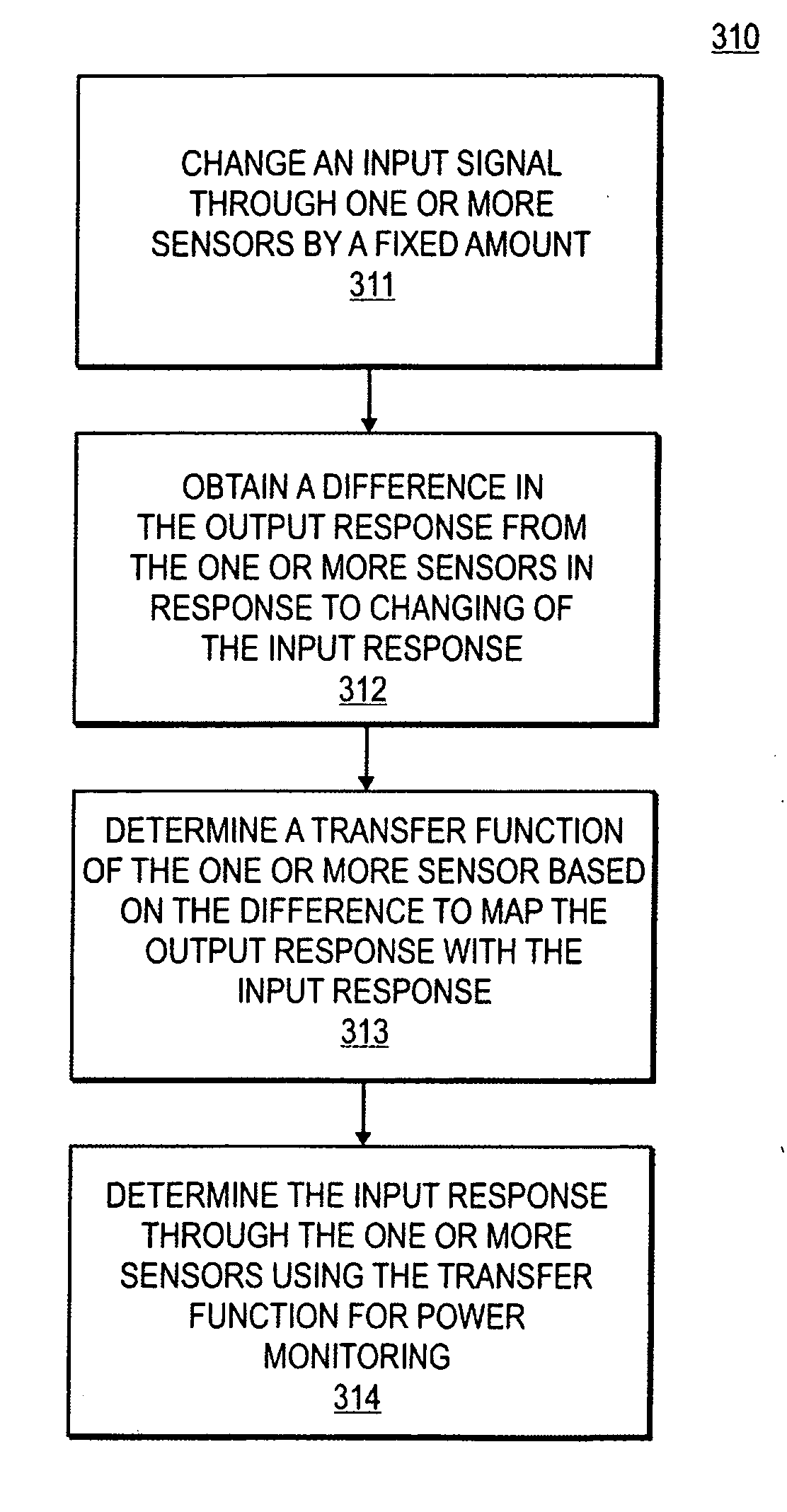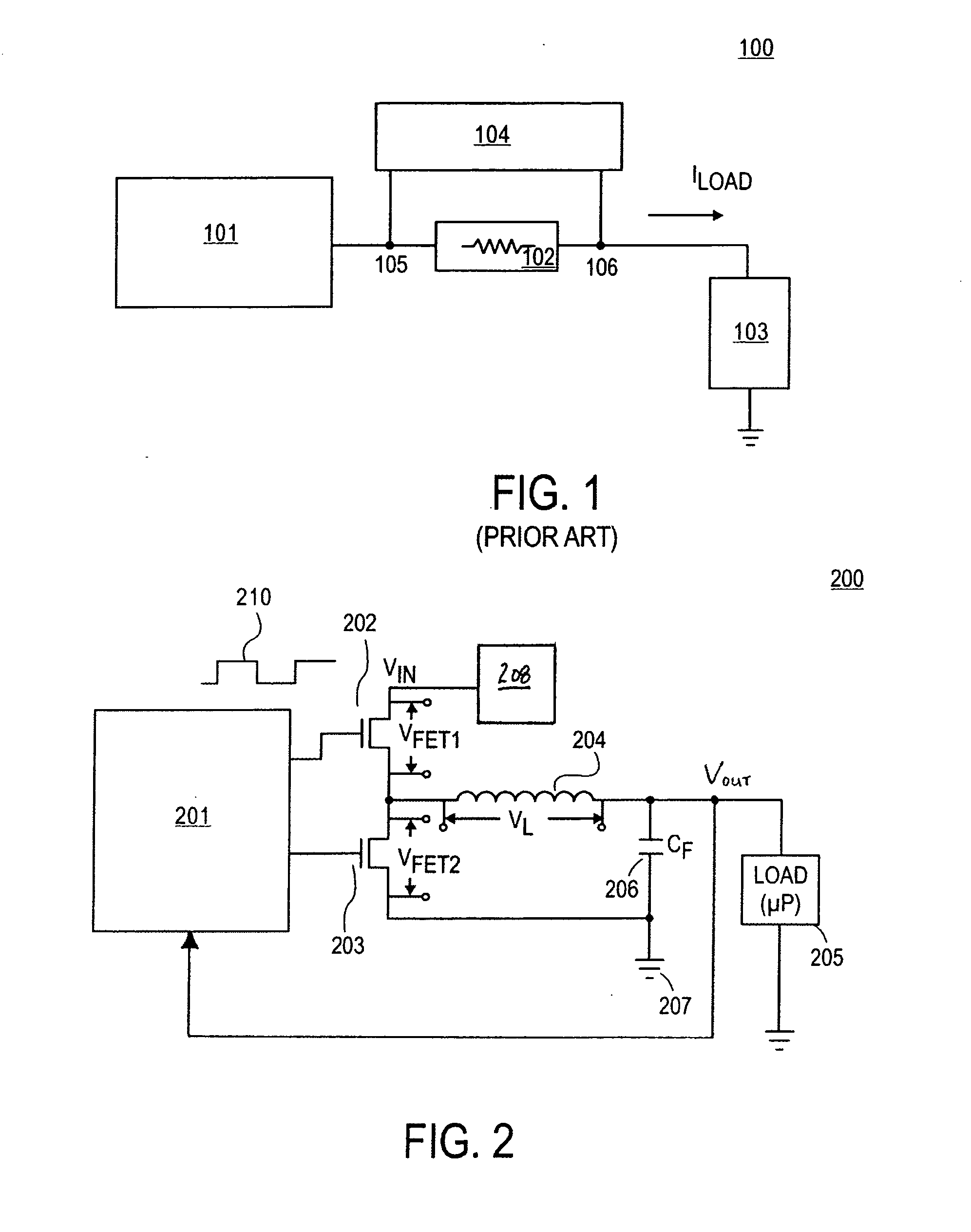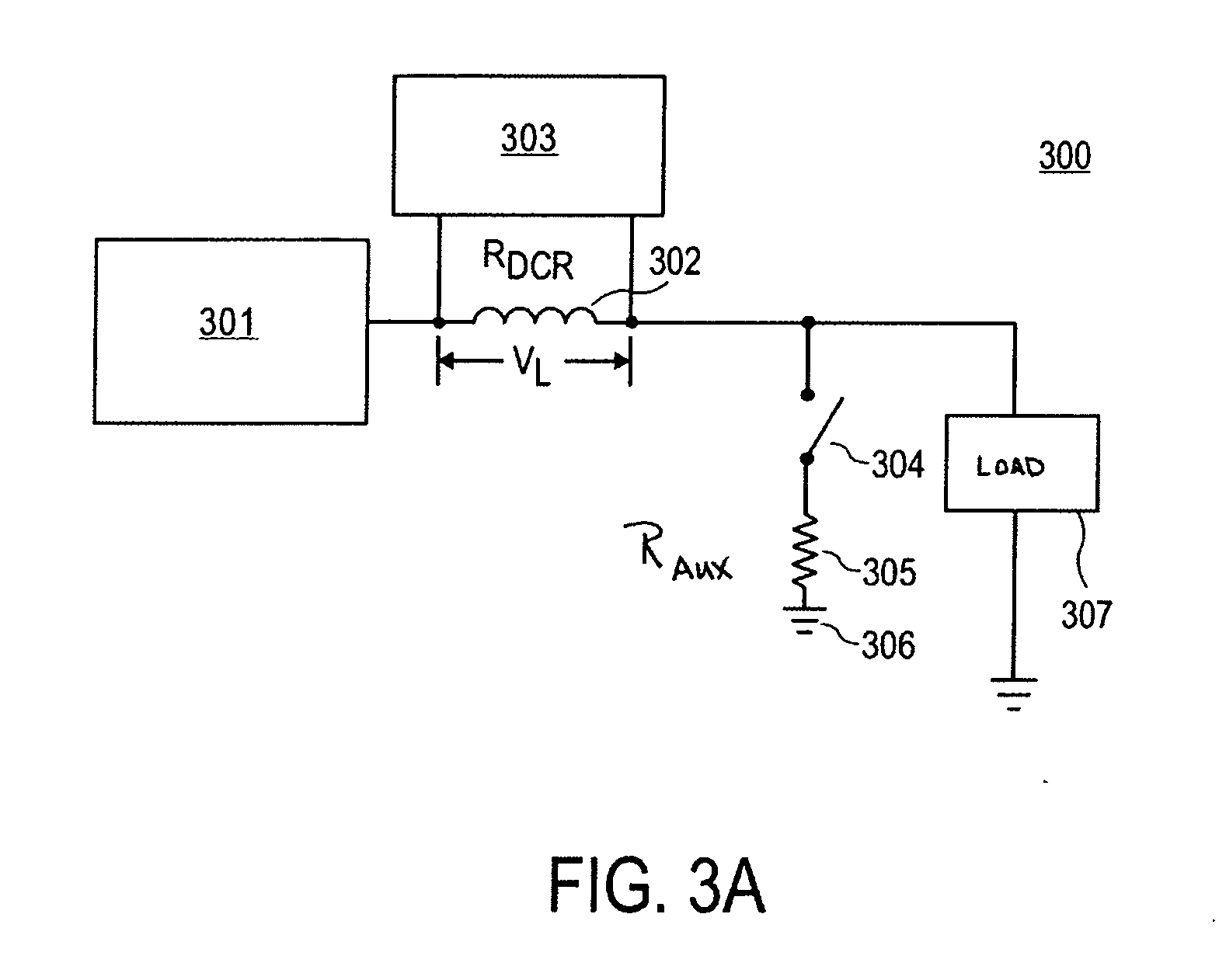Methods and apparatuses for calibrating sensors
a technology of sensors and apparatuses, applied in the field of data processing systems, can solve the problems of affecting the performance of computer systems, affecting the accuracy of prediction, and tightening the power budget of computer systems, etc., and achieve the effect of accurate prediction
- Summary
- Abstract
- Description
- Claims
- Application Information
AI Technical Summary
Benefits of technology
Problems solved by technology
Method used
Image
Examples
Embodiment Construction
[0031]The subject invention is described with reference to numerous details set forth below, and the accompanying drawings illustrate the invention. The following description and drawings are illustrative of the invention and are not to be construed as limiting the invention. Numerous specific details are described to provide a thorough understanding of the present invention. However, in certain instances, well-known or conventional details are not described in order to not unnecessarily obscure the present invention in detail.
[0032]Exemplary embodiments of methods and apparatuses to perform in-circuit calibration of imprecise electrical sensing elements (“sensors”) for accurate power monitoring in a data-processing system are described below. In one embodiment, power is monitored by monitoring a current in the data-processing system, as described in further detail below. The data-processing system includes a load coupled to one or more sensors. An electronic load changes an input s...
PUM
 Login to View More
Login to View More Abstract
Description
Claims
Application Information
 Login to View More
Login to View More - R&D
- Intellectual Property
- Life Sciences
- Materials
- Tech Scout
- Unparalleled Data Quality
- Higher Quality Content
- 60% Fewer Hallucinations
Browse by: Latest US Patents, China's latest patents, Technical Efficacy Thesaurus, Application Domain, Technology Topic, Popular Technical Reports.
© 2025 PatSnap. All rights reserved.Legal|Privacy policy|Modern Slavery Act Transparency Statement|Sitemap|About US| Contact US: help@patsnap.com



